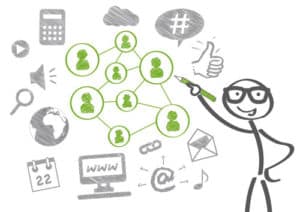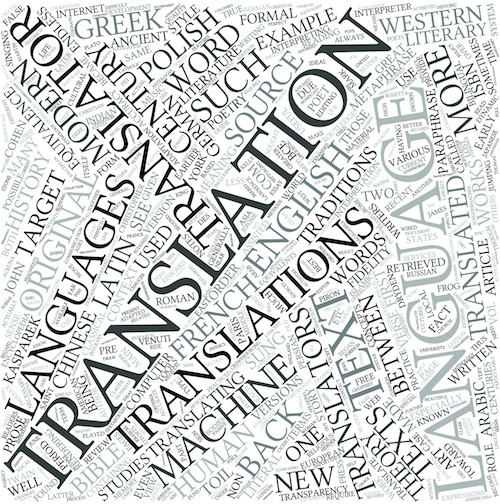Last April, Alice and Loïc created a video on translation memories. This October, we will explore the subject further to see in what way translation memories can help translation projects:
- What is a translation memory?
- Managing a translation memory as seen by a project manager
- Who does the translation memory belong to?
- A translator’s view on managing a translation memory
This article is the first in this series for the month of October.
Defining a translation memory
A translation memory (TM) is a linguistic database used during the translation process via CAT tools. This database includes segments of text (sentences, phrases) as well as their equivalent in a different language. These parts of sentences are saved and can be used later on.
Various translation tools (CAT tools) like Trados SDL, MemoQ, OmegaT, and Wordfast allow the use of a TM.
The advantages of a translation memory
A TM is very helpful when it comes to large projects. Working with a translation memory gives translators leverage as far as time is concerned: he or she will never translate the same segment twice. The translation process becomes faster as the translation memory expands.
Just to clear things up, this does not equate a translation memory with a machine translation. The translator is still center-stage. He or she will translate or validate translations that pop up thanks to the translation memory.
For the client, using a TM means receiving the translations faster.

The most important aspect for the client is cost effectiveness. The segments that are already present in the TM will be billed by the agency at a lower price compared to “new” words (those not present in the TM).
Thus, it would not be inappropriate to use a translation memory for clients who have recurring translations.
A translation memory can be easily exported under the TMX format, so others with a CAT tool can use it.
The difference between a translation memory and a glossary
A TM is bilingual. So for one project, there can be as many translation memories as there are languages involved.
The glossary is a dictionary of technical terms corresponding to the sector of activity of the document to be translated. It is usually the client who supplies it before the project starts, to indicate linguistic preferences to the translator.
The glossary, as opposed to the translation memory, can be multilingual.

